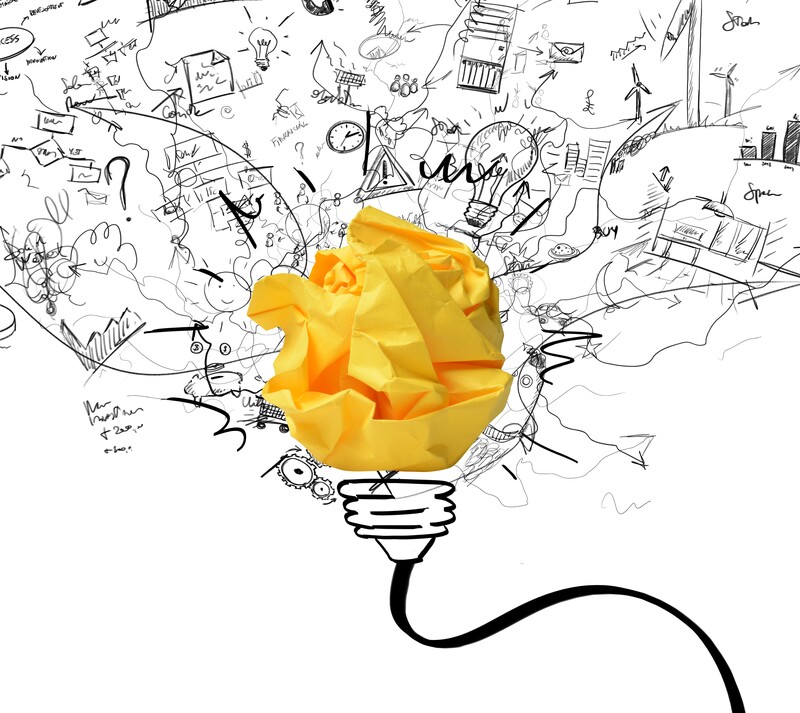Here are some additional key details about stream of consciousness as posted on www.litcharts.com :
- Stream of consciousness writing is associated with the early 20th-century Modernist movement.
- The term originated in psychology before literary critics began using it to describe a narrative style that depicts how people think.
- It’s primarily used in fiction and poetry, but the term has also been used to describe plays and films that attempt to visually represent a character’s thoughts.
- Stream of consciousness writing allows readers to “listen in” on a character’s thoughts in a non-linear fashion.
Pamela’s Prompt: Stream of Consciousness
For today’s prompt, set a timer for five to 10 minutes and write in stream of consciousness. It might help to envision yourself in a situation that’s stressful, tense, or otherwise uncomfortable. For instance, you might imagine what it would be like to be in a car accident or what you might think if you get separated from your tour group in a dark and scary cave.
When you start to write, don’t punctuate anything. Yes, that’s difficult to do. Trust me on this, though. You want to get all your thoughts down just as you think about them. You might write as though you are dreaming. Nothing is linear. Nothing is real. Nothing is as it seems. Or, everything is linear, real, and what it appears to be. Confused? That’s okay. In stream of consciousness writing, you’re allowed to be confused.
Here’s what I came up with, when I imagined being separated from my tour group in a dark and scary cave:
they’re just up ahead
no need to panic
deep breath count to ten one two sixteen
no they didn’t go that way
ouch what did I just step on
what was that noise
nothing
did I turn off the coffee pot
you’re being ridiculous
I’m hungry
help
where is everyone
this isn’t funny if you’re hiding from me
stupid cave I hate caves
I loved that scene in raiders of the lost ark
indy where are you when I need you
help
scared
cold
don’t cry
help
Now, it’s your turn. Happy writing!
